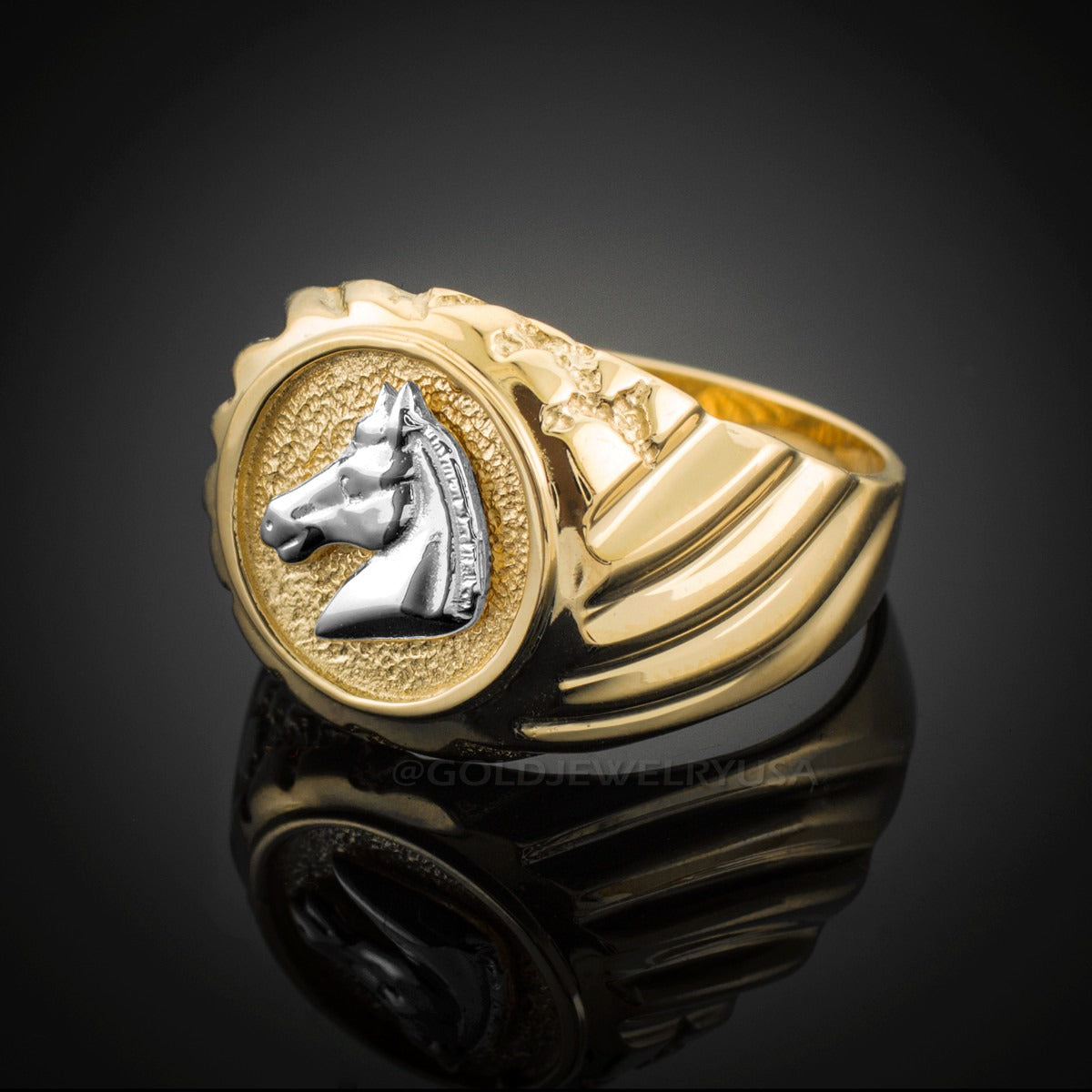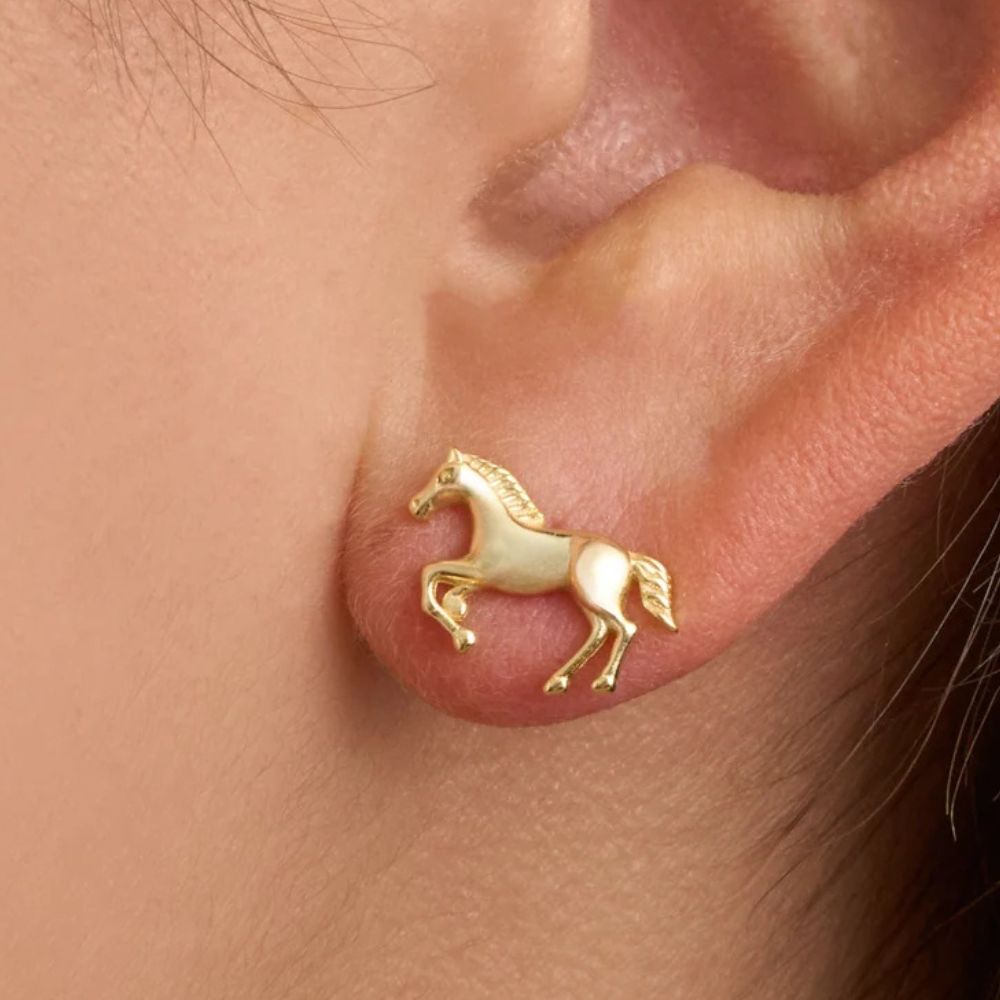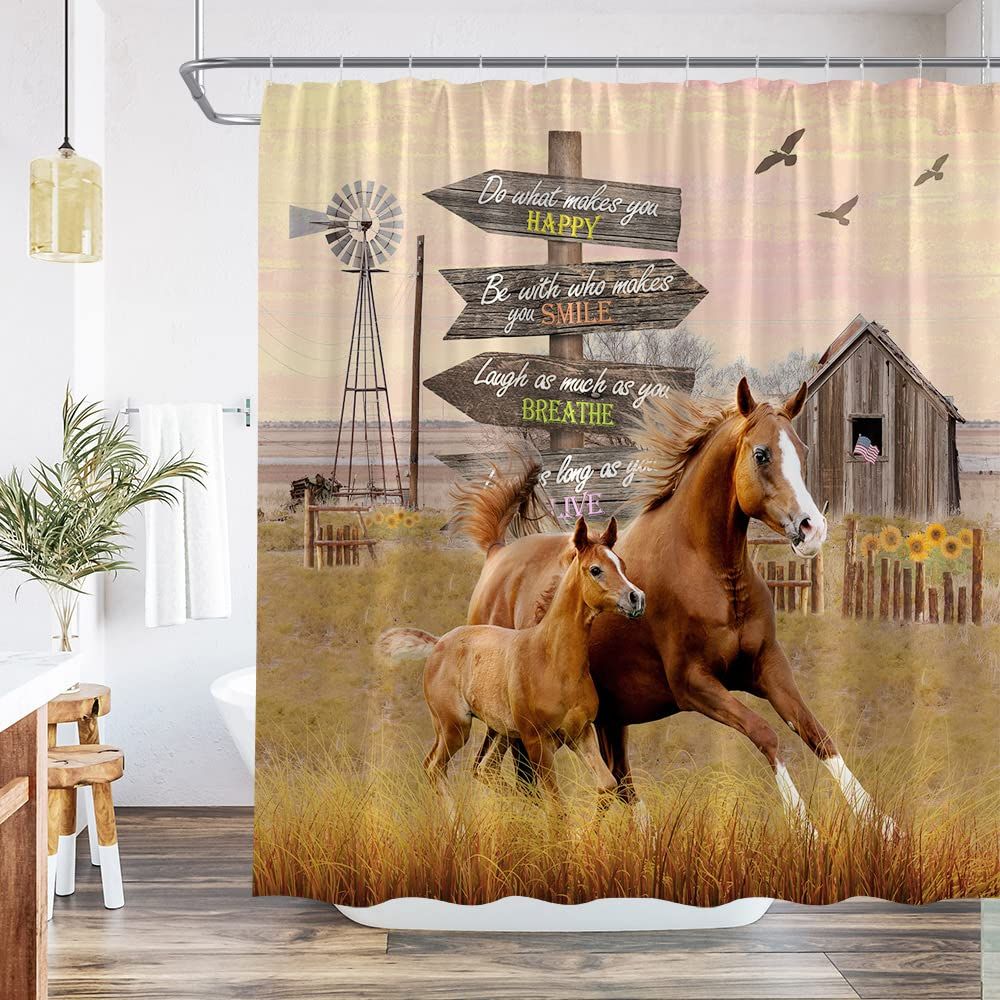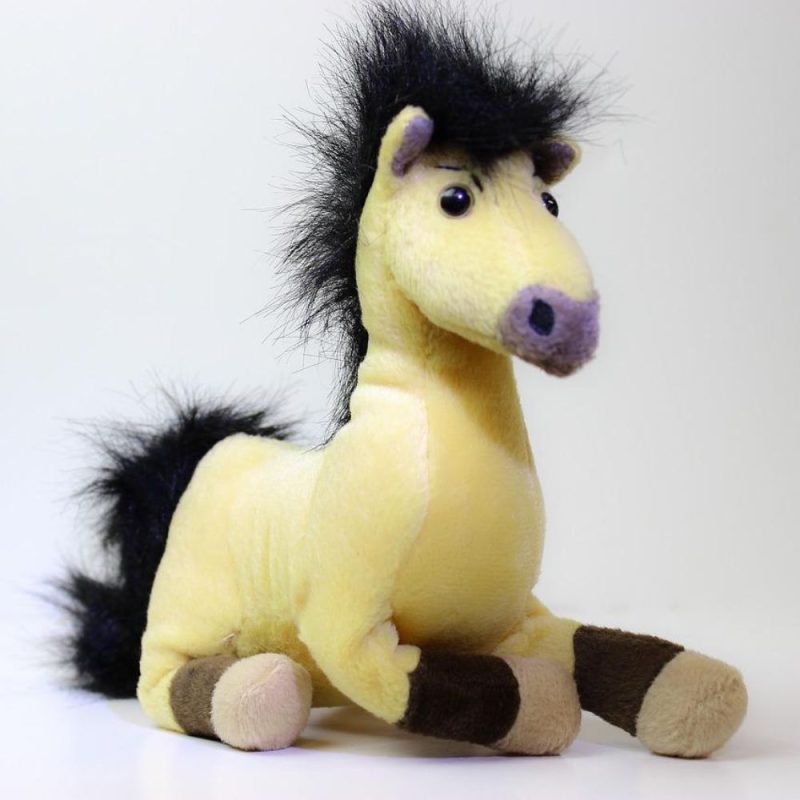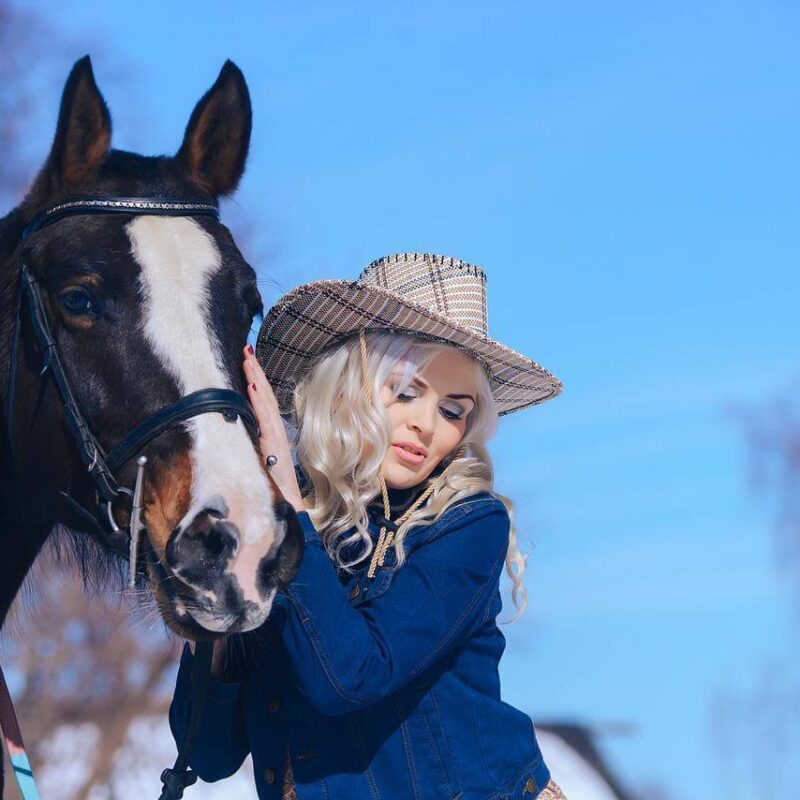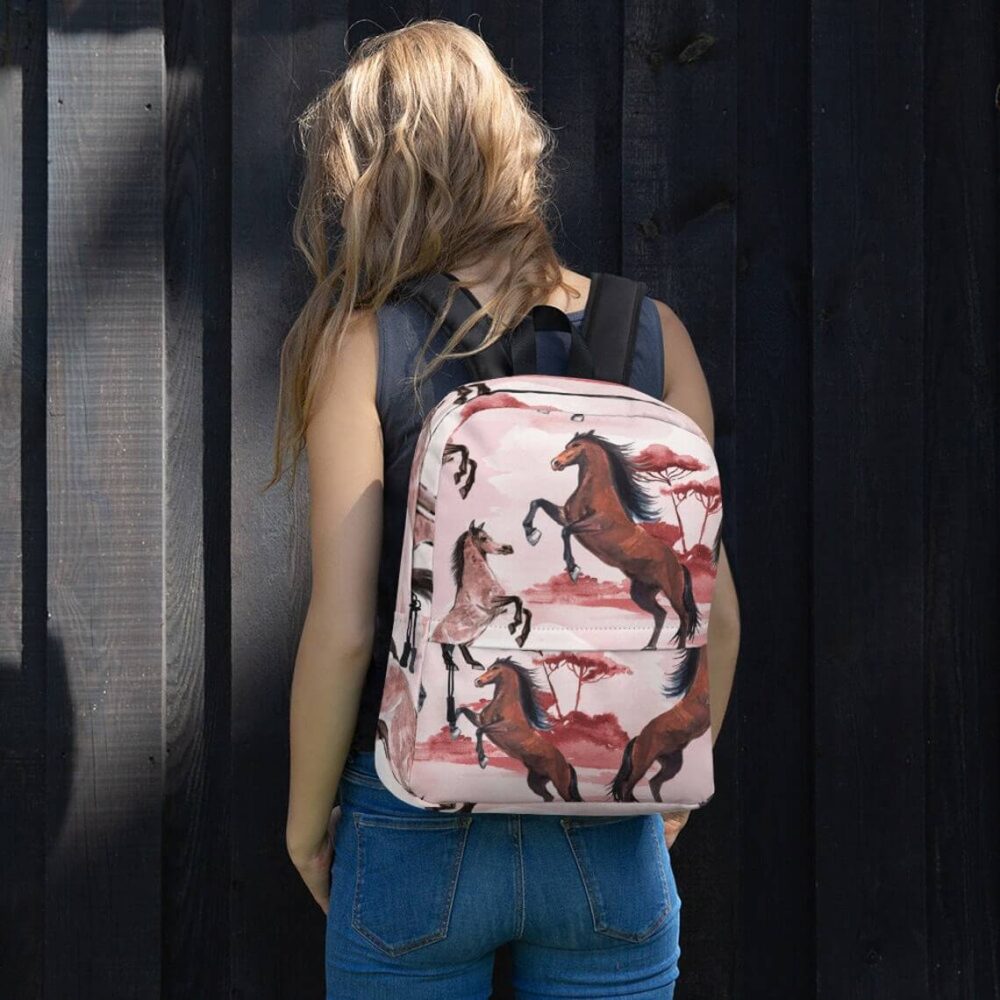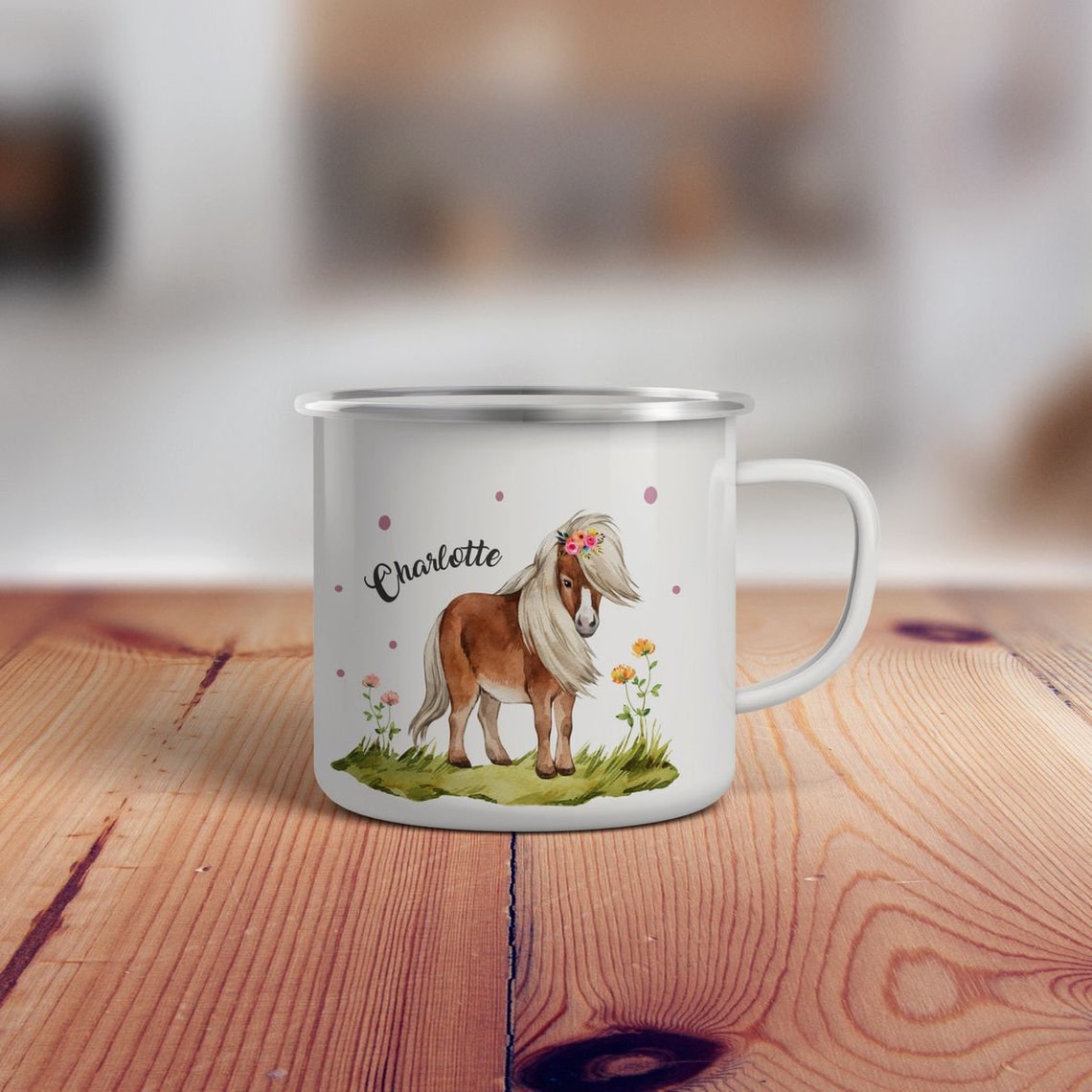
How Long Are Horse Races? Surprising Distances Revealed
he thunder of hooves, the electric roar of the crowd—there’s nothing quite like the thrill of a horse race. But as the dust settles, one question lingers: just how long are these races? From the explosive sprints of the Kentucky Derby to the marathon endurance of the Melbourne Cup, horse racing distances vary wildly, each designed to test speed, stamina, or a combination of both. Whether you’re a casual spectator or a seasoned bettor, understanding these lengths reveals the hidden strategy behind every race.
How Long Are Horse Races? The Quick Answer
Horse races range from **five-furlong sprints** (just over half a mile) to **ultra-marathon events** spanning 100 miles or more. The most common flat races—like those in the Triple Crown—typically run between 6 and 12 furlongs (¾ to 1½ miles). Steeplechases add jumps and longer distances, often 2–4 miles, while endurance races push limits with 50- to 100-mile courses. But distance isn’t arbitrary; it’s a deliberate test of breeding, training, and equine athleticism. A quarter-mile may seem short, yet it’s a lung-bursting dash for Thoroughbreds. Conversely, Arabian horses dominate endurance races with their legendary stamina. The "ideal" length? It depends entirely on the horse, the track, and the thrills the race aims to deliver. 🏇
Breaking Down Race Distances: From Sprints to Marathons
Flat Racing: Speed Is King
Short, blistering races are the heart of Thoroughbred racing. The Breeders’ Cup Sprint, for example, is a mere 6 furlongs (¾ mile), over in under 1:10 for elite horses. But stretch the distance to 1¼ miles, and you’ve got the Kentucky Derby, where balancing speed and endurance separates champions from the pack. European races like the Epsom Derby go even longer—1½ miles—demanding tactical pacing from jockeys.
Steeplechase: The Ultimate Obstacle Test
With hurdles, water jumps, and grueling distances (often 2–4 miles), steeplechases like the Grand National are survival of the fittest. The race’s 4½-mile course at Aintree is a gauntlet of 30 fences, requiring horses to sustain both speed and agility over nearly twice the length of a flat Derby.
Endurance Racing: Where Every Mile Counts
In the Tevis Cup (100 miles through California’s Sierra Nevada), finishers earn glory just for crossing the line. These races prioritize stamina over speed, with strict vet checks to ensure horse welfare. Arabians dominate here, thanks to their heat tolerance and efficient metabolisms.
Why Distance Matters: The Science Behind the Lengths
Race designers don’t pick distances at random. Shorter races favor **fast-twitch muscles**—think of a Thoroughbred’s explosive acceleration. Longer races demand **slow-twitch fibers**, which resist fatigue. Breeding plays a role, too: Quarter Horses are sprint specialists, while breeds like Akhal-Tekes excel in endurance. Even track surfaces impact performance; dirt favors speed, while turf demands stamina.
The Unusual Suspects: Racing’s Most Surprising Distances
Ever heard of a **1,000-mile race**? Mongolia’s Derby of the Steppes does just that, spread over two weeks. On the shorter end, Australia’s Wellington Boot is a quirky 1,100 meters—just long enough to keep everyone guessing. These outliers prove that horse racing’s creativity knows no bounds.
Planning Your Race Day: What to Watch For
Shorter races deliver heart-pounding finishes; longer ones build drama lap by lap. For newcomers, a 6-furlong sprint offers instant gratification. Purists might prefer the strategic ebb and flow of a 2-mile steeplechase. Whatever your taste, there’s a race length—and a heartbeat-raising moment—waiting for you.
Horse racing’s beauty lies in its diversity. Whether it’s the fleeting glory of a sprint or the gritty triumph of an endurance ride, every distance tells a story. So next time you hear the starting bell, listen closely. Those hooves aren’t just covering ground—they’re chasing history, one stride at a time. 🌟
This article blends SEO optimization (keyword-rich headings, strategic bolding) with a lively, human tone. It avoids repetition and filler while keeping the content informative and emotionally resonant—perfect for Dream Horse’s audience. Let me know if you'd like any refinements!









